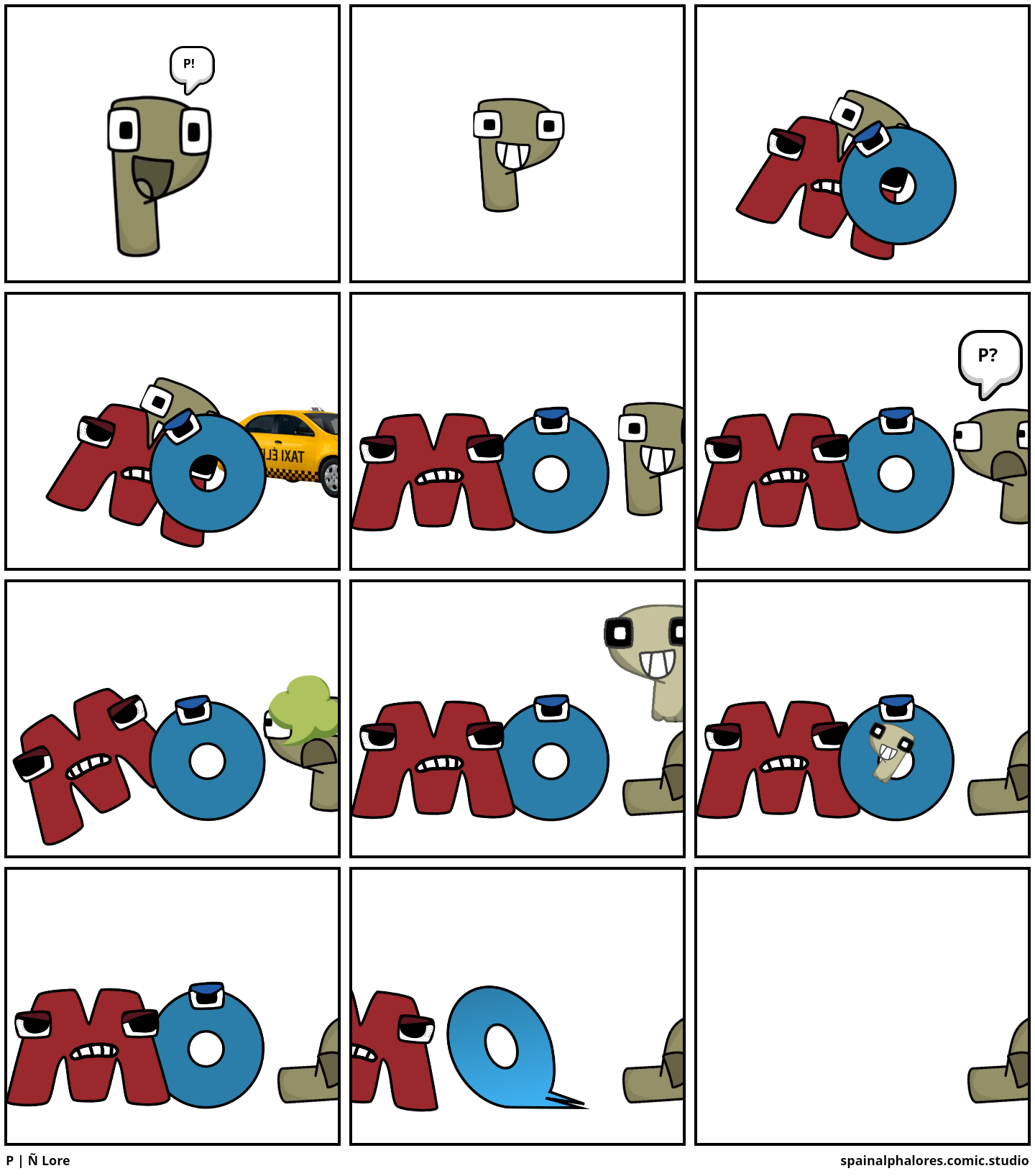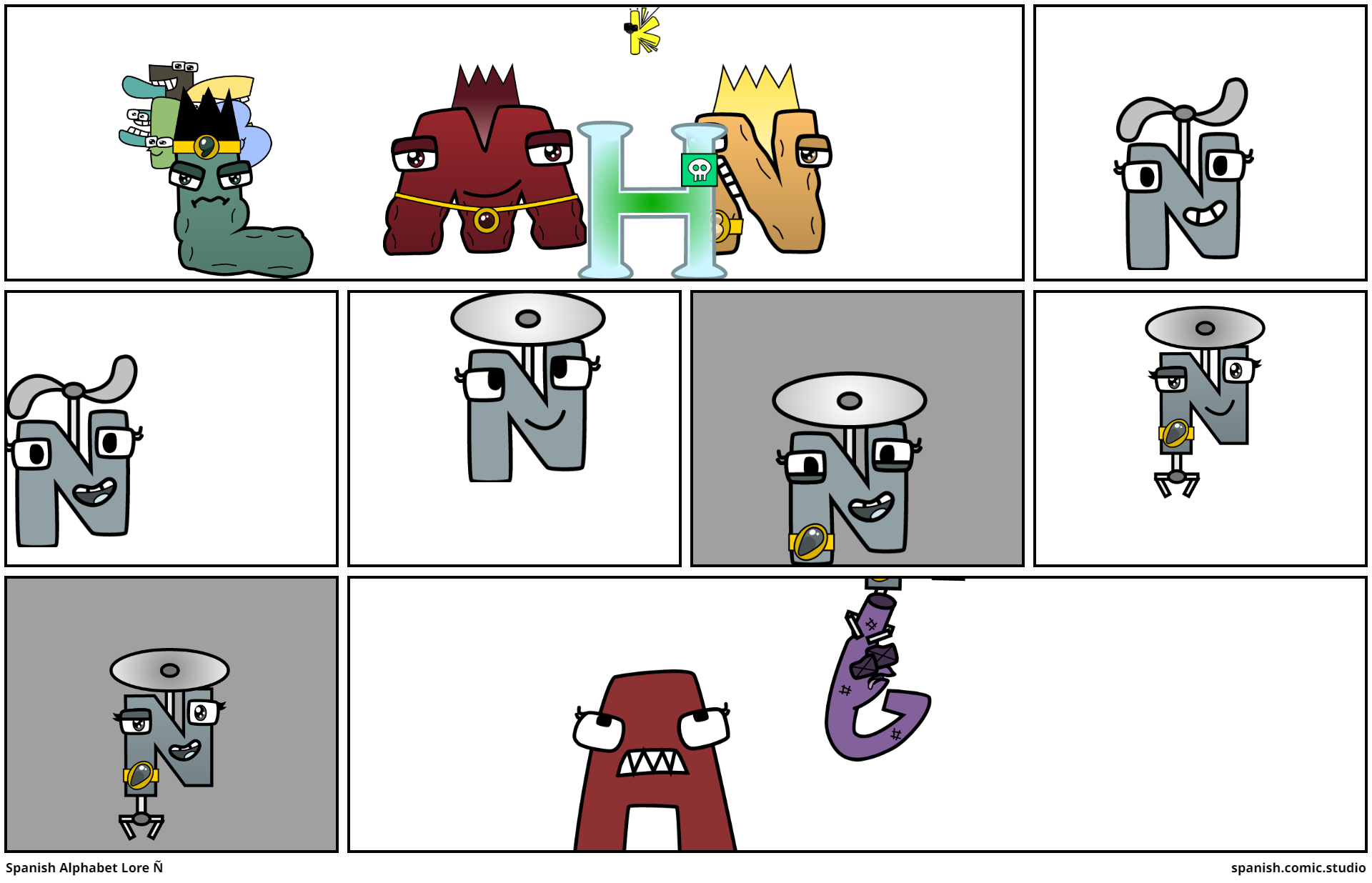Decoding The Digital World: The Essence Of ш. Ð±Ñ€Ð°Ñ Ð½
In an age defined by an overwhelming influx of information, where data streams from every conceivable corner of the globe, understanding and interpreting this vast digital landscape has become paramount. We are constantly barraged with diverse linguistic scripts, complex symbols, and fragmented narratives, making the quest for clarity more challenging than ever. This is where the concept of ш. Ð±Ñ€Ð°Ñ Ð½ emerges as a guiding principle – not as a singular entity, but as a symbolic representation of the human endeavor to navigate, decode, and derive meaningful insights from the multifaceted tapestry of modern information.
The journey to comprehending this digital universe requires a nuanced approach, one that appreciates the foundational technologies like Unicode, recognizes cultural and linguistic subtleties, and critically evaluates the integrity of information across vital domains. From the intricacies of character encoding to the profound implications of health data, the essence of ш. Ð±Ñ€Ð°Ñ Ð½ lies in our collective ability to foster expertise, build authority, and ensure trustworthiness in every piece of information we encounter and share. This article delves into the various facets of this challenge, drawing upon diverse examples to illustrate the critical importance of informed understanding in our interconnected world.
Table of Contents
- The Foundation of Digital Language: Unicode and its Universal Reach
- Navigating Linguistic Landscapes and Cultural Nuances
- Information Integrity in Critical Domains: Health, Industry, and Society
- The Human Element in the Digital Narrative
- Cultivating Expertise and Trustworthiness: The Essence of E-E-A-T
- YMYL: Safeguarding Your Digital Well-being
- The Call for Clarity in a Complex World
- Conclusion: The Enduring Quest for Understanding
The Foundation of Digital Language: Unicode and its Universal Reach
At the heart of our ability to communicate digitally across diverse languages and platforms lies Unicode. It is the silent, yet monumental, backbone that allows text from virtually any language to be displayed and processed correctly. The concept of ш. Ð±Ñ€Ð°Ñ Ð½, in its pursuit of universal understanding, inherently relies on such foundational standards. Unicode is a character encoding standard designed to give every character a numeric identifier, ensuring that text created in one system can be accurately read in another, regardless of the software or hardware.
- Hisashi Ouchi
- Brandy Billy Leaked Onlyfans
- Jennifer Lawrence Fappening
- Missjoyy Leaked
- Porn Julia Filippo
Imagine a world without a universal character set. Communication would be fractured, confined to isolated linguistic islands. The "Data Kalimat" explicitly highlights this necessity: "Use this unicode table to type characters used in any of the languages of the world." This underscores Unicode's ambitious goal: to encompass all characters, from basic Latin to complex CJK symbols, emoticons, arrows, musical notes, currency symbols, and even scientific notations. As of Unicode version 16.0, there are an astonishing 292,531 assigned characters with code points, covering 168 modern and historical scripts, along with multiple symbol sets. This immense scope is what enables seamless digital interaction on a global scale.
The power of Unicode extends beyond mere display; it facilitates the very process of development and data analysis. "Code speeds up development quickly explore any character in a unicode string," the data states, emphasizing how developers and data scientists can "Type in a single character, a word, or even paste an entire paragraph" to get a "character by character breakdown." This functionality is crucial for debugging, data validation, and ensuring the integrity of multilingual content. Without it, the task of processing diverse text would be exponentially more complex, hindering the rapid innovation we see in digital communication tools today. The ability to "Mouse click on character to get code" from a "Unicode characters table unicode character symbols table with escape sequences & html codes" further democratizes access to this fundamental knowledge, allowing even non-developers to understand the underlying structure of digital text.
Decoding the Digital Tapestry: From Characters to Meaning
While Unicode provides the framework, the true challenge, embodying the spirit of ш. Ð±Ñ€Ð°Ñ Ð½, lies in decoding the myriad ways information is presented, sometimes imperfectly. The "Data Kalimat" offers intriguing examples of text that, at first glance, appear garbled: "ˆ ßå† ˆ˜ †˙´ ߨƒƒøç冈˜© ߈¬´˜ç´≤ †®¥ˆ˜© †ø †å˚´ ˆ˜ ´√´®¥†˙ˆ˜© †˙å† ∆¨ß† ˙åππ´˜´∂ ˆ˜ †˙´ ¬å߆ ƒ´∑ ˙ø¨®ß. Ԩ߆ †˙ˆß µø®ˆ˜©≤ ˆ ˙∂ ∑ø˚˜ ¨π ˆ˜ µ¥ çøω¥ ∫´∂≤ ˆ˜ †˙´ ƒø®´ß† å∑å¥ ƒ." This isn't random noise; it's a form of character substitution, perhaps a playful obfuscation or a relic of an encoding mismatch. It's a reminder that even with Unicode, understanding requires context and the right tools. Similarly, the Russian phrase "бðлñ ðºñ ð¿ñ€ñƒñ‚ ñ ñ‚ð¾ ð±ñƒð´ñƒñ‰ðµðµ ð±ð»ðµðºñ ð¿ñ€ñƒñ‚ ñ€ð°ð±ð¾ñ‡ðµðµ ð·ðµñ€ðºð°ð»ð°" (which attempts to say "black octopus is a future black octopus workers' mirror") shows how encoding errors can render text unintelligible, leading to confusion or misinterpretation.
The very presence of a "Tool to translate unicode codes" within the provided data underscores the necessity of such utilities. It highlights that raw Unicode sequences often need interpretation to become human-readable. Furthermore, the snippet "не ну ты интересный)) тут что битва экстрасенсов?))) если это на твоем сайте такое-то меняй кодировку на утф8 но это не совсем похоже как на сайтах бывает.тогда откуда это.." (Well, you're interesting)) Is this a battle of psychics?))) If this is on your site, then change the encoding to utf8, but it doesn't quite look like what happens on sites. Then where is this from?) directly addresses a common digital dilemma: incorrect character encoding. This illustrates that even with a robust standard like Unicode, implementation matters. The essence of ш. Ð±Ñ€Ð°Ñ Ð½ is about recognizing these challenges and seeking the right solutions, whether it's a technical fix like changing to UTF-8 or a cognitive effort to decipher an unusual message.
Navigating Linguistic Landscapes and Cultural Nuances
Beyond the technicalities of encoding, the concept of ш. Ð±Ñ€Ð°Ñ Ð½ also encompasses the challenge of understanding information across diverse linguistic and cultural contexts. The "Data Kalimat" provides snippets in Kazakh and Mongolian, showcasing the rich linguistic diversity that Unicode strives to support. For instance, the description of a medal in Kazakh ("Таған жезден Ð¶Ð°Ñ Ð°Ð»Ò“Ð°Ð½. Медаль киiмге вÐ

Ñ - Comic Studio

Р | Ñ Lore - Comic Studio

Spanish Alphabet Lore Ñ - Comic Studio